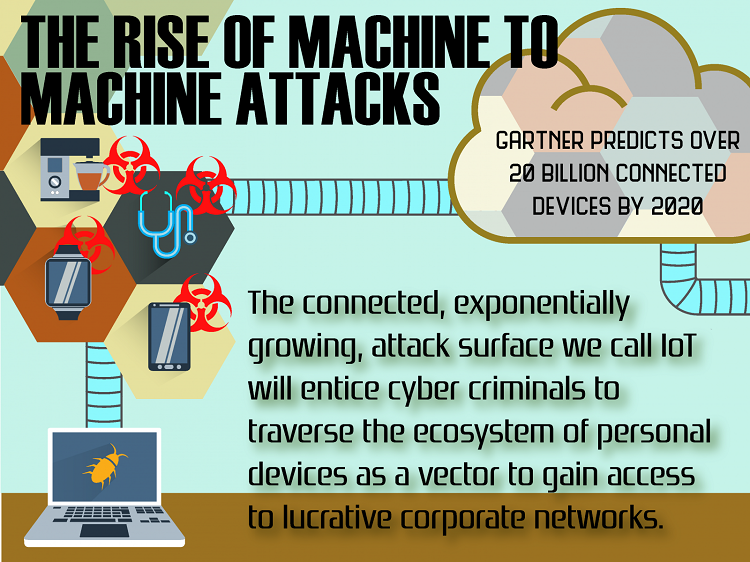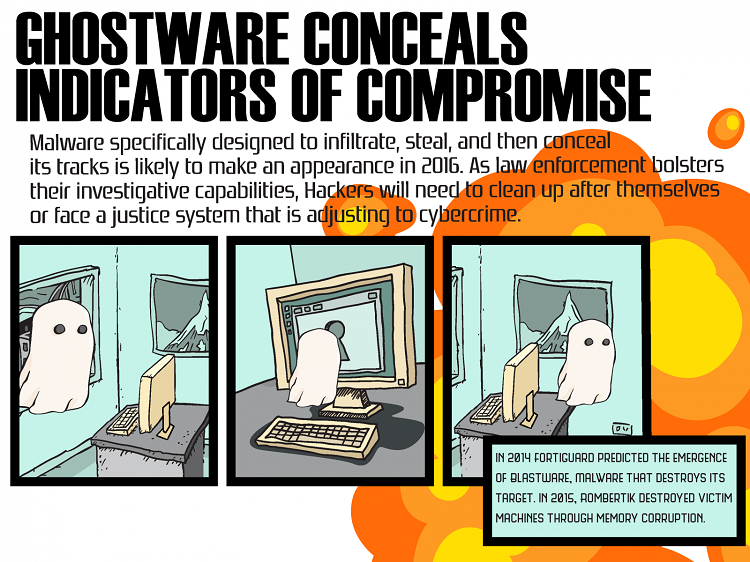
Experts predict that there will be some 20 billion devices connected to the internet by the year 2020, and this includes all sorts of smart devices like table lamps, fridges, and televisions. While this is great news for those who want a more connected experience, Fortinet warns that it will also expose people to more and more cyber attacks.
Fortinets warnings came shortly after revealing its predictions for the most significant trends in malware and network security going into 2016. FortiGuard Labs, its research arm, believes that not only will more cyber threats target the Internet of Things, but the methods used will also be more difficult to detect. This is due to increasing pressure on cyber crime from law enforcement agencies.

Machine to machine (M2M) attacks will increase as more companies attempt to capitalise on the IoT market. This exposes consumers to a variety of threats, from privacy invasions to the possibility of identity theft. Point of sales machines are particularly vulnerable these days, as has been proved by the recent attack on Hilton hotels. The lack of awareness of PoS malware allowed the criminals to go undetected for months. Malaysia was not spared from cyber criminals, as was proven by the cyber attacks on ATMs in September 2014.
FortiGuard security strategist Gavin Chow was particularly concerned with the online security of internet enable security cameras that are becoming more popular. He noted that while consumers are more than happy to secure their houses with the cameras, they are just as likely to forget to secure the cameras themselves. This could lead to the possibility of hackers accessing the remote feed and watching people go about their lives. While it would be easy to dismiss this as fear-mongering, the fact that there happens to be a website that streams video from unsecured cameras makes it a very real threat.

Compounding the problem of securing billions of devices in the future is the fact that cyber criminals are becoming more sophisticated. The research lab anticipates an increase in what it is calling “ghostware”, which is malware that erases its existence once the job is done. This makes tracking the culprits extremely difficult, and could even allow criminals to operate without detection.
Similarly, the number of “blastware” – which destroys all computers on a network to hide its origins – in the wild could also potentially increase.
As is usually the case, the best bet to guard against cyber threats is to simply be aware that they are out there. The average consumer is becoming more vulnerable and exposed to cyber criminals, which makes knowledge and awareness of the these things necessary.
Follow us on Instagram, Facebook, Twitter or Telegram for more updates and breaking news.

